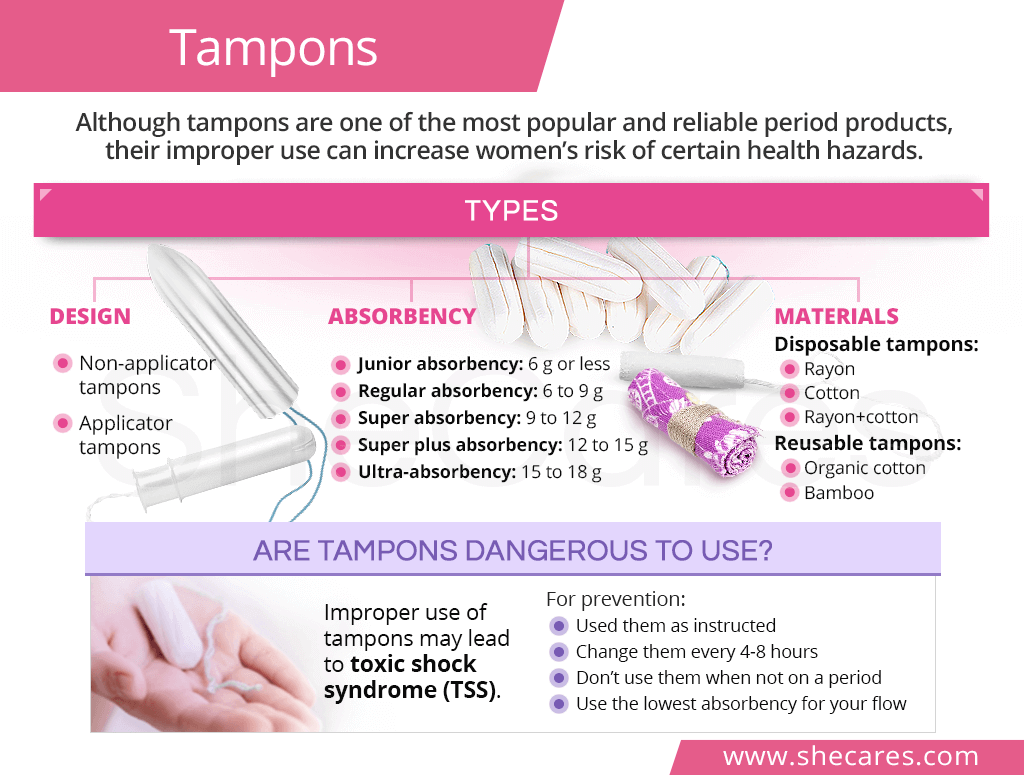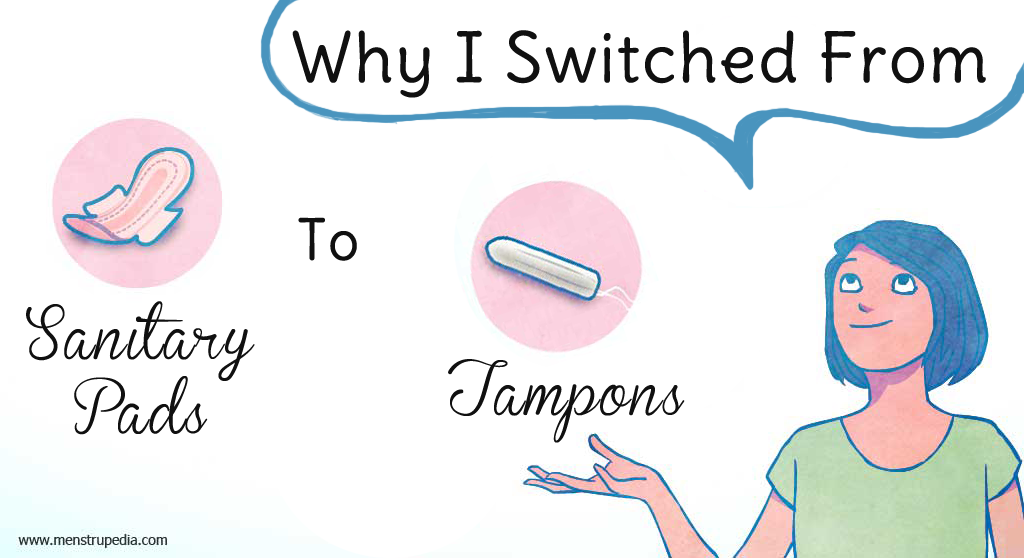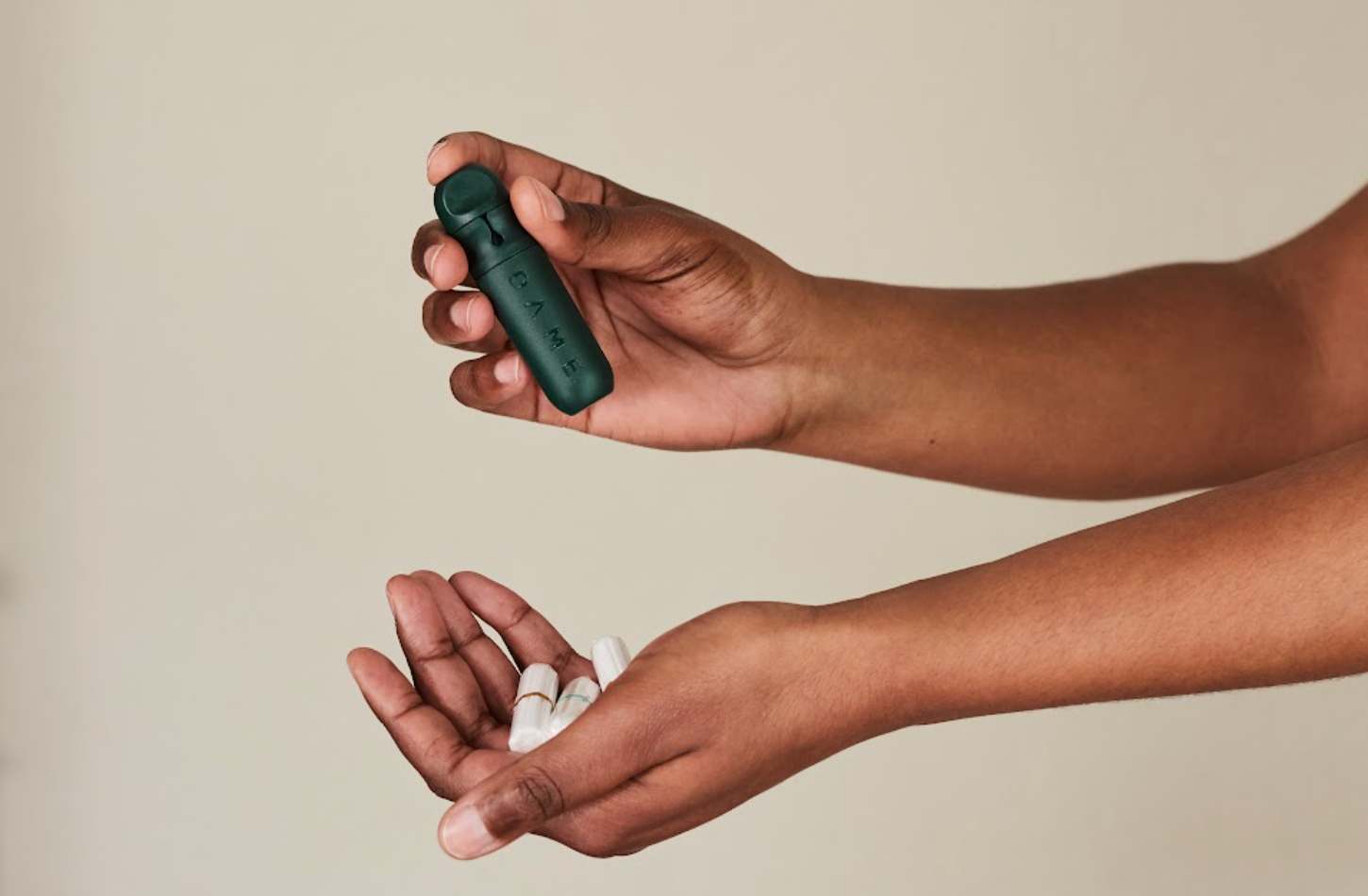How To Use Tampons: A Comprehensive Guide For Beginners
Using tampons for the first time can be intimidating, but it doesn't have to be. Tampons are a convenient and effective way to manage your period, offering comfort and freedom during your menstrual cycle. If you're new to tampons, this guide will walk you through everything you need to know, from choosing the right tampon to inserting and removing it properly.
Many individuals feel nervous about using tampons because they're unsure of how to start. However, with the right information and practice, you'll soon realize that tampons are a reliable and hygienic option for menstrual care. This article aims to demystify the process and provide you with the confidence to use tampons effectively.
We'll cover essential topics such as selecting the appropriate tampon size, understanding different types of tampons, and addressing common concerns. By the end of this guide, you'll have a thorough understanding of how to use tampons safely and comfortably.
Read also:La Rosee Blanche A Wholesome Journey Through Time
Table of Contents
- What Are Tampons?
- Types of Tampons
- Choosing the Right Tampon
- How to Insert a Tampon
- How to Remove a Tampon
- Tips for First-Time Users
- Common Concerns
- Health and Safety
- Frequently Asked Questions
- Conclusion
What Are Tampons?
Tampons are small, cylindrical feminine hygiene products designed to absorb menstrual flow internally. Unlike pads, tampons are inserted into the vagina, making them discreet and comfortable for many users. They come in various sizes and absorbencies to accommodate different flow levels.
Modern tampons are made from cotton or rayon blends, ensuring comfort and effectiveness. Most tampons feature an applicator to simplify insertion or are applicator-free for those who prefer a more natural approach. Understanding the basics of tampons is the first step toward using them confidently.
Types of Tampons
Applicator vs. Non-Applicator Tampons
Tampons are available in two primary types: applicator and non-applicator. Applicator tampons come with a plastic or cardboard tube that helps guide the tampon into place. These are often preferred by beginners because they make insertion easier and less intimidating. Non-applicator tampons, on the other hand, require you to insert them manually using your fingers. They are eco-friendly and favored by experienced users.
- Applicator tampons: Convenient and beginner-friendly.
- Non-applicator tampons: Eco-friendly and preferred by experienced users.
Choosing the Right Tampon
Understanding Absorbency Levels
Tampons are available in various absorbency levels to match your menstrual flow. It's crucial to choose the right absorbency to ensure comfort and safety. Using a tampon that's too absorbent for your flow can lead to discomfort or health risks, such as toxic shock syndrome (TSS).
Here's a breakdown of tampon absorbency levels:
- Light: For light flow days.
- Regular: For moderate flow.
- Super: For heavy flow.
- Super Plus: For very heavy flow.
Start with a lower absorbency and adjust as needed throughout your cycle.
Read also:Ani B The Rising Star In The Spotlight
How to Insert a Tampon
Inserting a tampon may feel awkward at first, but with practice, it becomes second nature. Follow these steps for a smooth and comfortable experience:
Step-by-Step Guide
- Wash your hands thoroughly with soap and water.
- Find a comfortable position—sitting on the toilet or standing with one leg raised works well.
- Unwrap the tampon and hold it by the applicator or the string, depending on the type.
- Gently insert the tampon into your vagina, aiming it slightly toward your lower back.
- Push the tampon in until your fingers can no longer reach it. If using an applicator, follow the specific instructions for that brand.
- Once inserted correctly, you shouldn't feel the tampon at all.
How to Remove a Tampon
Removing a tampon is just as important as inserting it. Follow these steps to ensure proper removal:
Step-by-Step Guide
- Wash your hands before handling the tampon.
- Relax and gently tug on the string until the tampon comes out.
- Wrap the used tampon in toilet paper and dispose of it in a trash bin. Do not flush it down the toilet.
- Wash your hands again after disposal.
Remember to change your tampon every 4-8 hours to maintain hygiene and prevent TSS.
Tips for First-Time Users
Overcoming Anxiety
If you're a first-time tampon user, it's normal to feel anxious. Here are some tips to ease your transition:
- Start with a light or regular absorbency tampon to avoid discomfort.
- Practice inserting the tampon when you're not on your period to get familiar with the process.
- Use a mirror to better understand your anatomy and ensure proper placement.
- Relax your muscles to make insertion easier.
With time and practice, you'll become more comfortable using tampons.
Common Concerns
Will It Hurt?
Inserting a tampon should not hurt if done correctly. If you experience pain, you may need to adjust your technique or try a smaller size. Remember that tampons are designed to fit comfortably inside the vagina, so discomfort is usually a sign of improper placement.
Can a Tampon Get Lost?
No, a tampon cannot get lost inside your body. Your vagina is a closed muscular tube, and the cervix at the end prevents anything from going further. If you can't find the string, relax and gently search for it with clean fingers.
Health and Safety
Toxic Shock Syndrome (TSS)
TSS is a rare but serious condition associated with tampon use. It occurs when bacteria produce toxins that enter the bloodstream. To minimize the risk of TSS:
- Change your tampon every 4-8 hours.
- Avoid using tampons with absorbency higher than necessary.
- Alternate between tampons and pads during your cycle.
Seek medical attention immediately if you experience symptoms such as high fever, vomiting, or a rash resembling sunburn.
Frequently Asked Questions
Can I Swim with a Tampon?
Yes, you can swim with a tampon. Once inserted correctly, it will not absorb water and will remain in place. However, always change your tampon after swimming to maintain hygiene.
Can Virgins Use Tampons?
Yes, virgins can use tampons. They will not affect your virginity or cause pain unless you're tense. Start with a small size and relax during insertion.
Conclusion
Learning how to use tampons is an empowering experience that offers convenience and comfort during your menstrual cycle. By understanding the different types of tampons, choosing the right absorbency, and following proper insertion and removal techniques, you can enjoy the benefits of tampon use.
We encourage you to share this guide with friends or family who may find it helpful. If you have questions or feedback, please leave a comment below. For more information on menstrual health, explore our other articles and resources.
Remember, your menstrual health is important, and taking the time to learn about tampons is a step toward greater confidence and well-being.


